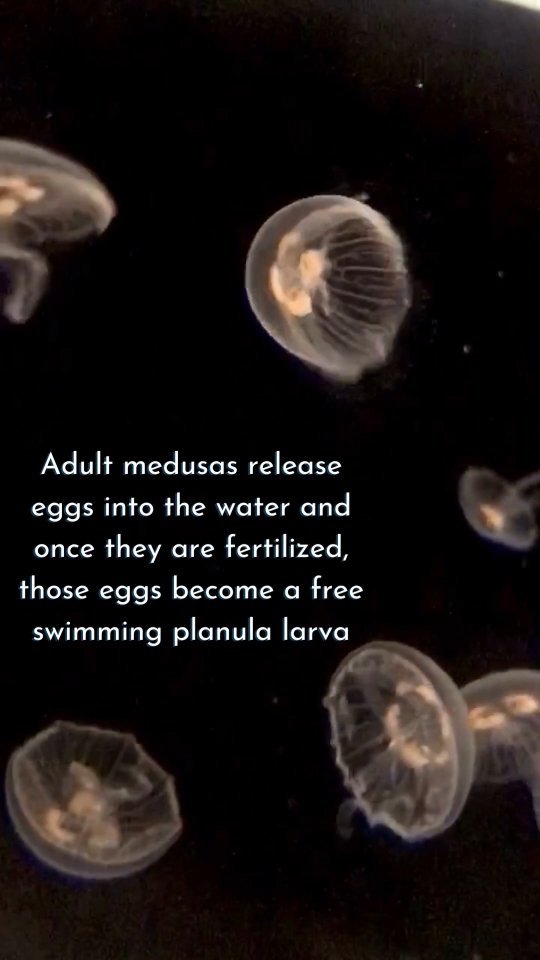Summary:
– Discover the fascinating life cycle of sea jellies and their unique adaptations.
– Learn about the important role of jelly aquarists in studying and caring for these incredible creatures.
– Explore the mesmerizing beauty and diversity of sea jellies found in oceans worldwide.
– Uncover sea jellies’ captivating behaviors and interactions in their natural habitats.
– Gain a new appreciation for the intricate balance of marine ecosystems and the delicate relationship between sea jellies and other marine organisms.
Welcome, nature enthusiasts, to another exciting exploration of the wonders of the underwater world! Today, we’re diving deep into the intriguing realm of sea jellies, those ethereal creatures floating gracefully through the ocean currents. Prepare to be amazed as we delve into the mesmerizing life cycle of sea jellies, their remarkable adaptations, and the crucial role of jelly aquarists in studying and caring for these enigmatic beings.
Let’s start our journey by unraveling the life cycle of a sea jelly. Unlike most organisms, sea jellies undergo a unique transformation from polyp to medusa, demonstrating an alternation of generations. It begins with a tiny, sedentary polyp anchored to the seafloor or any available hard surface. In this stage, the polyp reproduces asexually, giving rise to a multitude of tiny clones through a process called budding.
After a period of growth, environmental cues, such as temperature and water conditions, trigger a miraculous transformation. The polyp undergoes a metamorphosis, sprouting elongated tentacles that eventually detach, giving birth to immature medusae known as ephyrae. These ephyrae float freely in the water, growing and maturing into adult medusae, showcasing the iconic umbrella-shaped body, translucent beauty, and gently pulsating bells we often associate with sea jellies.
Now, let’s focus on the unsung heroes of the jelly world – jelly aquarists. These dedicated individuals are passionate about the scientific study and conservation of sea jellies. They play a critical role in breeding programs, observing behavior, and providing optimal conditions for these delicate creatures.
Jelly aquarists meticulously recreate and maintain carefully controlled environments, carefully balancing factors such as temperature, salinity, and feeding regimes to ensure the well-being of their jelly inhabitants. Through their meticulous work, jelly aquarists contribute invaluable knowledge about sea jellies, shedding light on their reproductive strategies, feeding habits, and responses to environmental changes. This information helps inform conservation efforts and enhances our understanding of these enigmatic creatures.
The world of sea jellies is undoubtedly a realm of captivating beauty and diversity. Each species possesses its unique charm from the moon jellyfish with its ethereal translucent body and delicate stinging tentacles to the intricately patterned lion’s mane jellyfish. Did you know that some sea jellies have symbiotic relationships with other organisms? Certain fish species, like the aptly named jellyfish trevally, seek shelter and protection within the jelly’s bell while providing the jellies a free meal by feasting on smaller organisms attracted to their tentacles.
Behaviors and interactions within the jelly world are equally enthralling. Some sea jellies pulsate in unison, creating a mesmerizing display of rhythmic beauty, while others employ unique hunting tactics to capture their prey. For instance, the box jellyfish, notorious for its potent venom, diligently hunts its quarry using light-sensing cells, propelling itself toward its unsuspecting prey with stealthy precision.
As we delve deeper into the world of sea jellies, it becomes evident that these captivating creatures are not only fascinating in their own right but also play a vital role in marine ecosystems. They serve as predator and prey, creating an intricate web of life beneath the ocean’s surface. Their population dynamics can profoundly impact other marine species, influencing the delicate balance of the entire ecosystem.
Moreover, sea jellies have become indicators of ecosystem health. Sudden increases in jelly populations, known as blooms, can indicate disruptions in marine ecosystems caused by pollution, overfishing, or climate change. By studying sea jellies and their response to these changes, researchers gain valuable insights into the overall health of our oceans.
In conclusion, the world of sea jellies is a captivating realm of mystery and beauty. From their unique life cycle and adaptations to the important role of jelly aquarists in studying and caring for them, there is much to uncover and marvel at. As we strive to protect and understand our planet’s diverse ecosystems, let us not forget the vital role of sea jellies in maintaining the delicate balance of marine life. So, next time you encounter these elegant creatures during a seaside adventure, take a moment to appreciate their exquisite grace and the hidden wonders they hold within our vast oceans.
*****
Source Description
Thanks to our jelly aquarist, Rachel, for getting some great footage of the life cycle of sea jelly!


